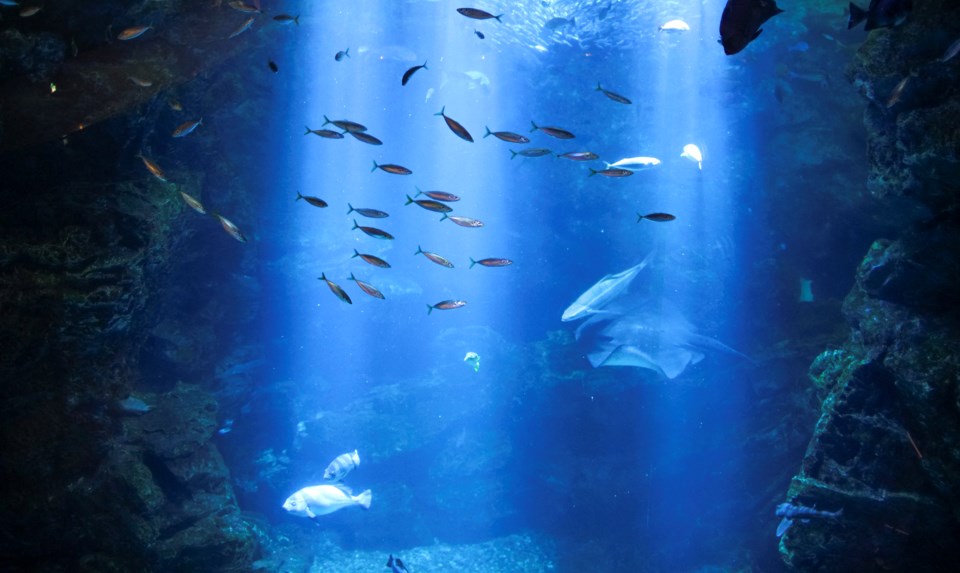Scientists have discovered more than 5,500 entirely new species living on the seabed in the mineral-rich Clarion-Clipperton Zone (CCZ) of the Pacific Ocean, an area targeted by deep-sea miners.
The peer-reviewed paper, published in the journal Current Biology, is the first comprehensive study of the biodiversity in the CCZ region, which spans about 5,000 km (3,100 miles) in the area between Hawaii and Mexico.
According to the research, which would help authorities to assess the risk of extinction of the species in light of the interest by mining companies, around 88% to 92% of the species had never been seen before.
Deep-sea miners are planning to extract key battery materials including cobalt, copper, nickel and manganese, from potato-sized rocks called “polymetallic nodules."
These nodules lie on the ocean’s floor at depths of 4 to 6 km (2.5 to 4 miles) and are abundant in the CCZ, where Canada’s The Metals Company (NASDAQ: TMC), already has two exploration contracts.
The miner, which also has a deal to supply metals to Glencore (LON: GLEN), says its licence hosts enough in situ metal for 280 million electric vehicles, roughly the size of the entire US passenger vehicle fleet on the road today.
It also says the polymetallic nodule fields in the CCZ are the largest known, undeveloped nickel resource on the planet.
A growing numbers of countries including Germany, France, Spain, Chile, Costa Rica, New Zealand and Panama among others, have asked the United Nations-affiliated International Seabed Authority (ISA) to not rush into enacting mining regulations by July 2023 — a deadline that was set in 2021.
Deep-sea mining may affect thousands of new species found in hotspot
The gummy squirrel at 5,100 metres depth in the western CCZ.
Other nations such as Brazil, the Netherlands, Portugal, Singapore and Switzerland have indicated they would not approve any mining contracts until sufficient environmental protections for the seabed are in place, regardless of the deadline set to adopt regulations.
China is instead stepping up efforts to to join the race to mine the deep sea for critical minerals, despite high profile companies including Google and automakers BMW, Renault, Volkswagen and Volvo pledging not to use deep-sea metals for the time being.
Almost half the world’s critical metals
The ISA was created in 1994 to regulate mining in international waters while at the same time ensuring the protection of the marine environment.
At the time, the deep sea was considered a muddy, lifeless abyss, albeit one rich in cobalt, nickel and other metals potentially worth trillions of dollars. Scientists currently estimate that mining the seabed could provide up to 45% of all the world’s critical metal needs by 2065.
A more recent study commissioned by The Metals Co says that mining metals such as cobalt and nickel from the seafloor dramatically lowers the environmental impact of producing battery metals the traditional way.
Seabed mining supporters believe that the UN High Seas Treaty agreed in March by member countries won’t jeopardize their exploration efforts.
The accord aims to place up to 30% of the world’s oceans that lie outside national boundaries under protection by 2030.
The ISA is said to have already exceeded that target with 43% of the CCZ under protection. At the same time, it has issued exploration contracts to state-backed enterprises, government agencies and private companies to prospect for minerals over more than 500,000 square miles of the seabed in the Atlantic, Indian and Pacific oceans since 2001.
Once the ISA sets mining regulations, potentially in about five weeks, those contractors will be able to apply for an exploitation license to start mining. Each firm must be sponsored by an ISA member nation.





